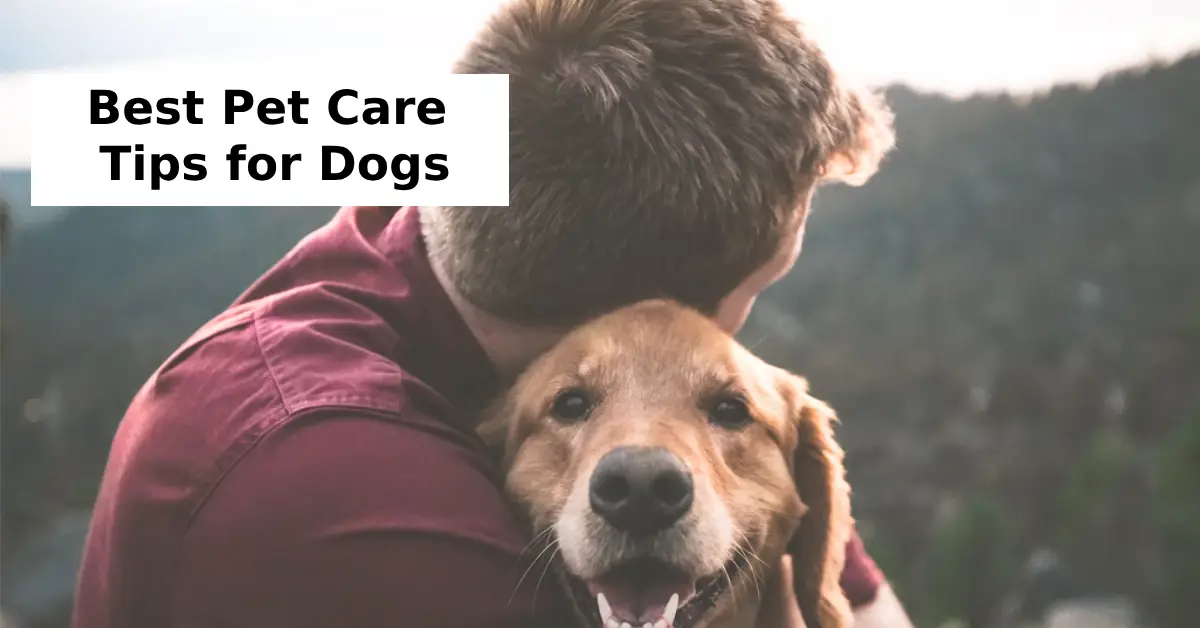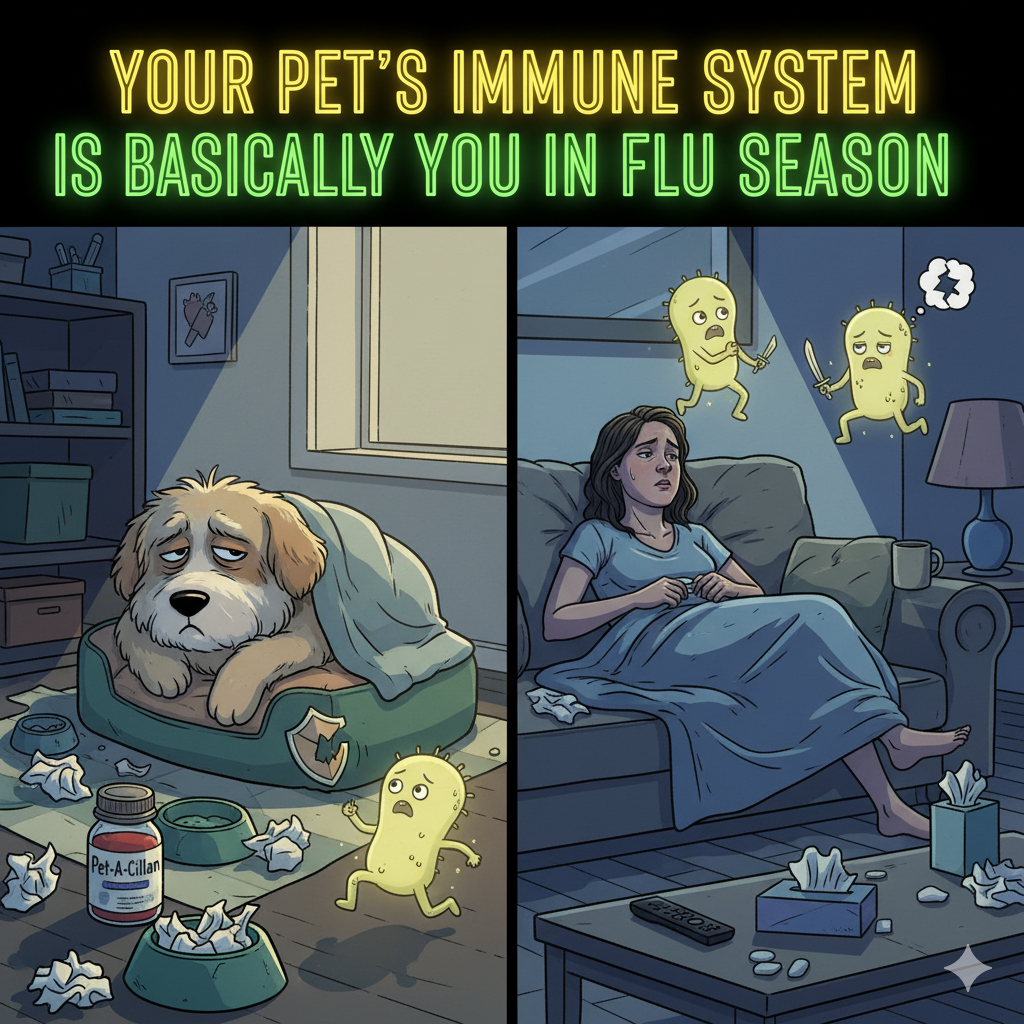Whether you’re a first-time dog owner or a seasoned pet lover, providing the right care for your furry friend is essential. From feeding the right food to establishing a consistent routine and understanding health signals, pet parenting comes with responsibilities. This blog will guide you through the best pet care tips for dogs that promote a longer, healthier, and happier life.
1. Stick to a Healthy Dog Food Guide
Feeding your dog properly is the cornerstone of good health. Choose high-quality, vet-approved food that suits your dog’s breed, size, age, and health condition.
- Include proteins, fats, carbs, vitamins, and minerals.
- Avoid human snacks, chocolates, and artificial sweeteners.
- Maintain portion control to prevent obesity.
A proper healthy dog food guide helps boost your pet’s immunity, digestion, and energy levels. It’s best to consult your vet for personalized nutrition advice.
2. Set a Daily Dog Care Routine
Dogs thrive on structure. A daily dog care routine helps build trust and keeps them emotionally secure.
Include:
- Regular feeding times
- Morning and evening walks
- Bathroom breaks
- Training sessions
- Playtime and socialization
Scheduling vet visits and grooming on specific days also supports better organization and pet discipline—ideal for urban dog owners managing pets in small homes or apartments.
3. Practice Consistent Dog Grooming Tips
Keeping your dog clean isn’t just about appearances—it’s crucial for their health. Basic dog grooming tips include:
- Brushing 2–3 times a week (more for long-haired breeds)
- Cleaning ears and trimming nails monthly
- Bathing every 4–6 weeks
- Checking for fleas and ticks regularly
Good grooming prevents infections, improves coat health, and makes bonding time special. These tips also suit pet care bloggers and enthusiasts seeking informational content.
4. Know the Dog Vaccination Schedule
A proper dog vaccination schedule is non-negotiable. It protects your pet from deadly diseases like rabies, distemper, parvovirus, and hepatitis.
Typical Core Vaccinations:
- 6–8 weeks: DHPP
- 10–12 weeks: DHPP + Leptospirosis
- 12–16 weeks: Rabies
- Annual boosters thereafter
Speak to your vet about optional vaccines like kennel cough or Lyme disease based on lifestyle and location.
5. Use the Best Dog Training Methods
Training keeps your dog safe and mentally stimulated. Use best dog training methods that rely on positive reinforcement, patience, and consistency.
Some proven techniques:
- Clicker training
- Treat rewards
- Crate training
- Behavior redirection
Avoid punishment-based training. A well-trained dog is more adaptable, less anxious, and easier to manage for senior citizens with companion dogs or young professionals with busy schedules.
6. Watch Out for Common Dog Health Problems
Being aware of common dog health problems helps you act before a small issue turns serious. Keep an eye out for:
- Vomiting or diarrhea
- Excessive scratching or licking
- Loss of appetite or energy
- Bad breath
- Limping or stiffness
Regular vet checkups can detect underlying problems early. Dental cleanings, parasite control, and lab screenings should be part of your pet’s annual care.
7. Learn How to Bathe a Dog at Home
Bathing your dog doesn’t always need a groomer. Here’s how to bathe a dog at home safely:
- Use lukewarm water.
- Choose a dog-specific mild shampoo.
- Wet the dog, lather, rinse thoroughly.
- Avoid eyes and inside ears.
- Towel dry or use a pet dryer.
Make bath time fun with treats or toys. Bathing also allows you to inspect skin for issues like hot spots or ticks. Ideal advice for dog lovers interested in grooming and hygiene.
8. Choose Safe Toys for Dogs
Dogs love to chew, but not all toys are safe. Go for safe toys for dogs that match their size and chew style.
- Avoid toys with small detachable parts.
- Use FDA-safe rubber or rope materials.
- Supervise during playtime.
Toys keep dogs mentally engaged, especially when left alone. They also help reduce anxiety and prevent destructive behavior in dogs living in apartments or small spaces.
9. Follow Dog Dental Care Tips
Dental hygiene is often overlooked but incredibly important. Use these dog dental care tips:
- Brush your dog’s teeth 2–3 times a week using dog toothpaste.
- Provide dental chews or vet-approved mouth rinses.
- Schedule annual dental cleanings.
Poor dental hygiene can lead to infections, gum disease, and heart problems. Keeping your dog’s mouth healthy adds years to their life.
10. Recognize the Signs of a Healthy Dog
Knowing the signs of a healthy dog helps you monitor their well-being effectively.
Look for:
- Bright eyes and clean ears
- Shiny coat and healthy skin
- Normal appetite and energy levels
- Steady weight
- Regular bowel movements
If something feels off, trust your instincts and consult a vet immediately. As pet product buyers researching before purchases, always choose health-supportive items.
Final Thoughts:
Caring for a dog is more than a responsibility—it’s a beautiful journey of companionship. By following these best pet care tips for dogs, you provide a safe, loving, and stimulating environment for your furry friend.
Whether you’re a first-time dog owner looking for basic care guidance, or someone researching pet products and care essentials, this expert-backed advice gives you a confident start.
Quick Recap – Best Pet Care Tips for Dogs
| Tip | Description |
|---|---|
| Healthy Diet | Follow a vet-recommended food guide |
| Routine | Stick to fixed feeding, walking & play times |
| Grooming | Brush, bathe, clean ears, and trim nails |
| Vaccinations | Stay updated with core and optional shots |
| Training | Use positive reinforcement for best results |
| Health Watch | Monitor for common symptoms & consult vet |
| Bathing | Learn at-home safe bath techniques |
| Toys | Choose chew-safe, size-appropriate toys |
| Dental | Brush teeth and use oral hygiene products |
| Signs | Recognize what a healthy dog looks like |






3 thoughts on “What Are the Best Pet Care Tips for Dogs?”